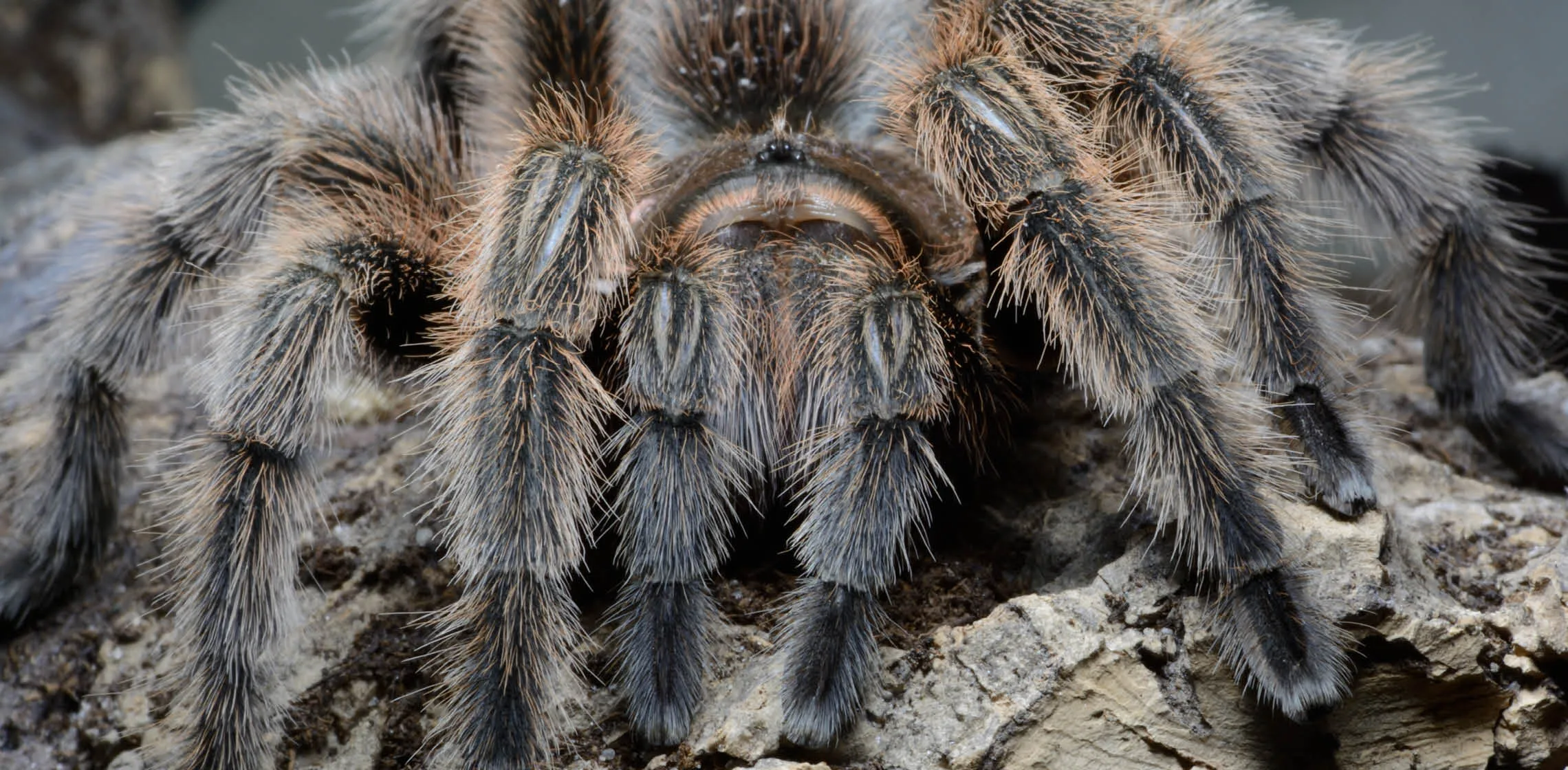Understanding Chilean Rose Tarantula Temperature Needs
Maintaining the ideal temperature is crucial for the health and well-being of your Chilean Rose Tarantula. These fascinating creatures, native to the deserts of Chile, thrive in specific temperature ranges. Understanding these needs is the first step in providing a comfortable and healthy environment. This guide will delve into the specifics of temperature management, ensuring your tarantula lives a long and fulfilling life. We will cover everything from the natural habitat of the Chilean Rose to practical tips on how to maintain the perfect temperature within its enclosure. Careful attention to temperature helps them with their metabolic processes, their activity levels, and their overall health.
Natural Habitat and Temperature
Chilean Rose Tarantulas originate from the arid and semi-arid regions of Chile. In their natural habitat, they experience a range of temperatures depending on the time of day and season. Daytime temperatures can reach up to 85°F (29°C), while nighttime temperatures can drop significantly, sometimes to as low as 65°F (18°C). The key is a stable, slightly warmer environment. It is very important to replicate their native climate as closely as possible to keep the tarantula healthy and happy. They usually spend their time in burrows or under rocks to avoid the direct heat of the sun.
Impact of Temperature on Tarantula Health
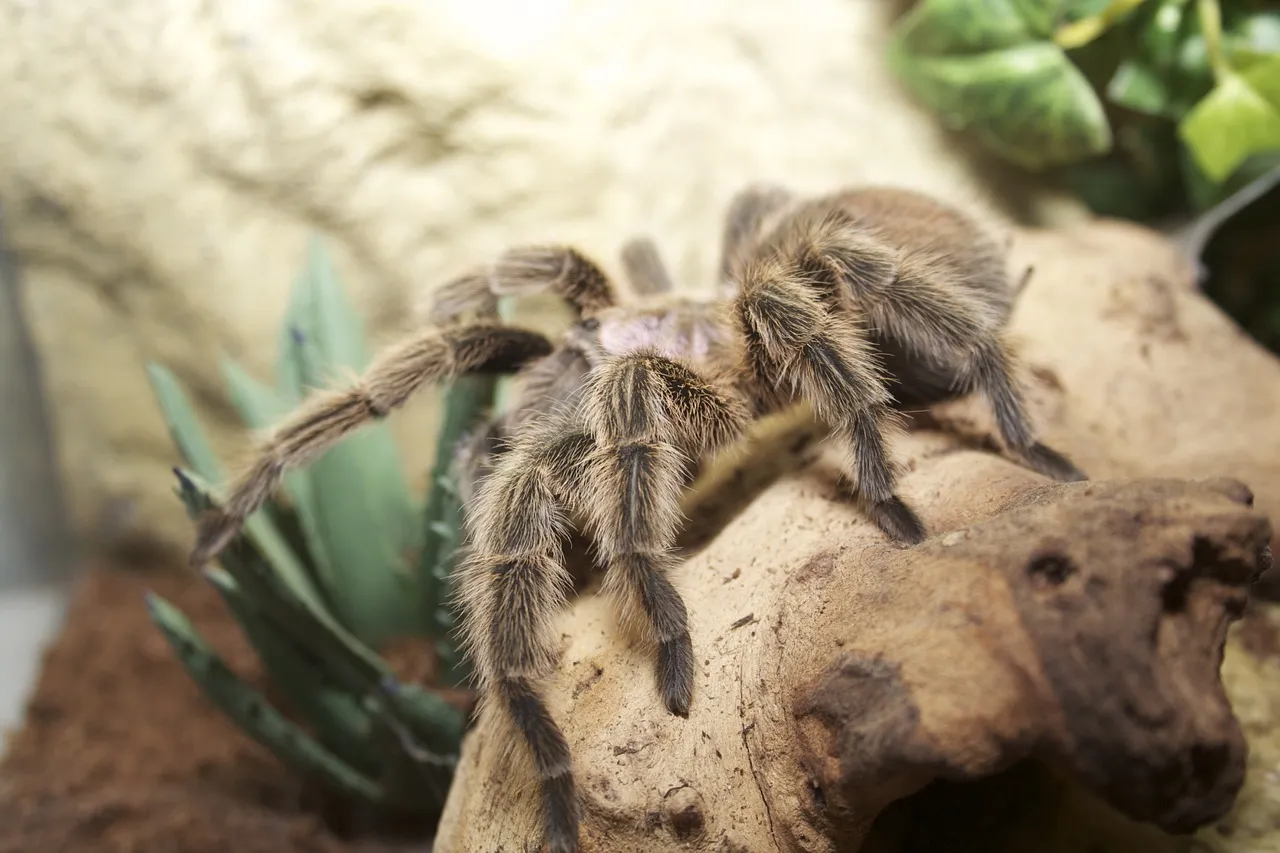
Temperature plays a vital role in several aspects of a Chilean Rose Tarantula’s health. It affects its metabolism, activity levels, molting process, and overall well-being. Keeping the temperature within the correct range is a cornerstone of tarantula care. Incorrect temperature can lead to various health issues, from reduced appetite to life-threatening conditions. It can also impact their immune system. By understanding these impacts, you can ensure your tarantula thrives in its enclosure. This understanding will help you recognize any problems early and take corrective action promptly.
Metabolism and Activity
Temperature directly influences a tarantula’s metabolism. Warmer temperatures generally speed up the metabolic rate, making the tarantula more active and increasing its appetite. Conversely, colder temperatures slow down its metabolism, leading to reduced activity and food intake. Providing the correct temperature range ensures that your tarantula has the energy it needs to move, hunt, and engage in natural behaviors. A well-regulated metabolism is essential for overall health and longevity. When the temperature is right, the tarantula is more likely to eat well and grow steadily.
Molting and Growth
Temperature also affects the molting process. Molting is essential for a tarantula’s growth, as it sheds its exoskeleton to reveal a larger one underneath. Optimal temperatures support this process, ensuring that the tarantula molts successfully. Too cold of temperatures can make it difficult to molt. If the temperature is too low, it can be very difficult for your tarantula to molt successfully. Maintaining a suitable temperature range helps the tarantula molt efficiently and grow into a healthy adult. It will also ensure the tarantula has enough energy for the process.
Humidity and Temperature Relationship
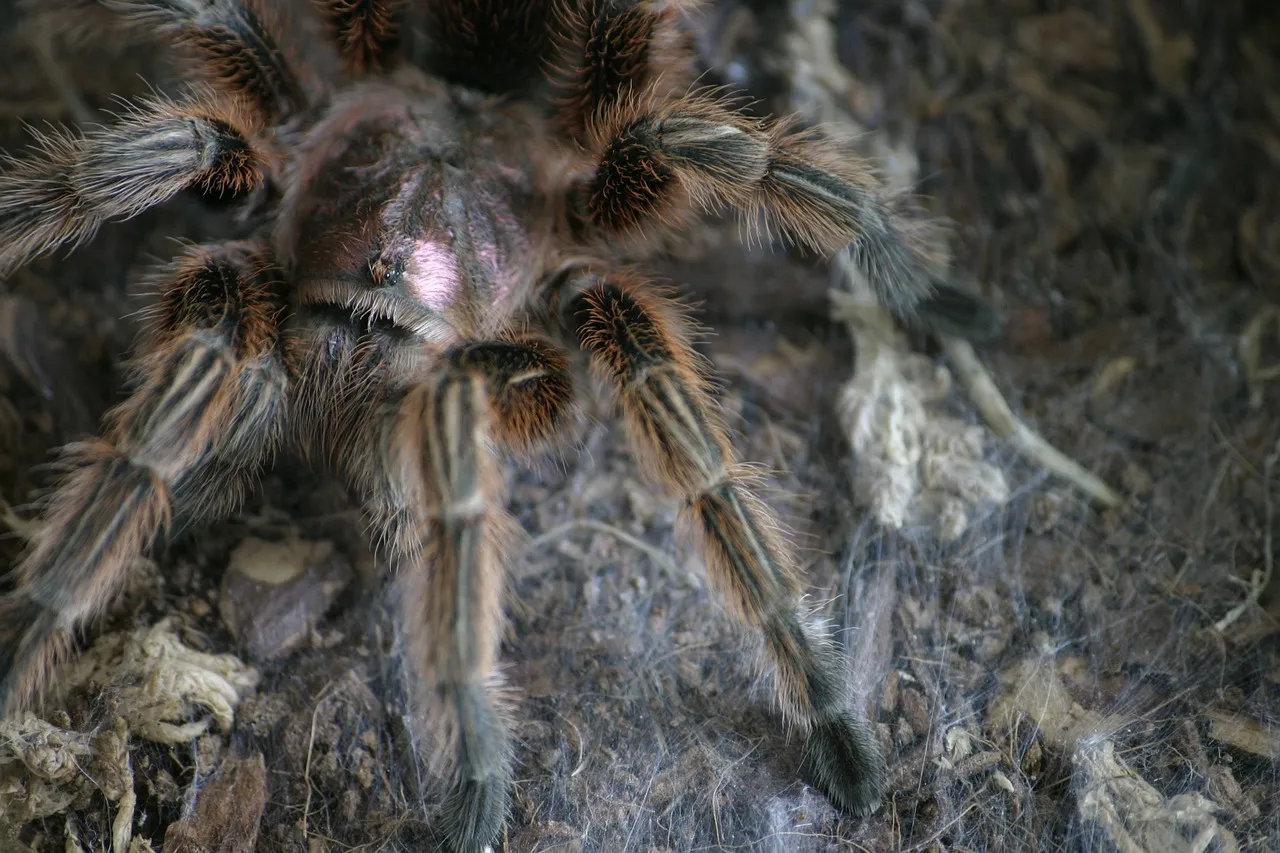
Temperature and humidity are interconnected in a tarantula’s enclosure. While Chilean Rose Tarantulas are not as humidity-dependent as some other species, maintaining the correct humidity level is still important. Warmer temperatures often require slightly higher humidity levels to prevent the enclosure from becoming too dry, which can be harmful to the tarantula. Regularly misting the enclosure or providing a shallow water dish can help maintain the ideal humidity. Proper ventilation is also key to avoid condensation and mold growth. Proper humidity is just as important to their health as the temperature.
Maintaining Ideal Temperatures
Maintaining the ideal temperature for your Chilean Rose Tarantula requires careful planning and the right equipment. The goal is to create a stable thermal environment that mimics its natural habitat. This section will discuss the best methods for achieving this, including selecting the right thermometer, choosing appropriate heating equipment, and positioning it correctly within the enclosure. It will also give you some tips on choosing the right heating equipment for your tarantula’s specific needs and creating an environment that helps it thrive. By following these guidelines, you can make sure your tarantula stays at the right temperature.
Choosing the Right Thermometer
Accurate temperature monitoring is essential. Invest in a reliable thermometer to ensure you can constantly monitor the enclosure’s temperature. Digital thermometers with remote sensors are often the most convenient, as you can place the sensor inside the enclosure and view the temperature reading outside. Avoid using mercury thermometers, as they can be hazardous if broken. Make sure the thermometer is accurate to prevent potentially life-threatening situations. Place the thermometer in a spot that is easy to view, and check it daily to make sure your tarantula’s temperature is within an acceptable range. Make sure you have a clear view of the temperature.
Types of Heating Equipment
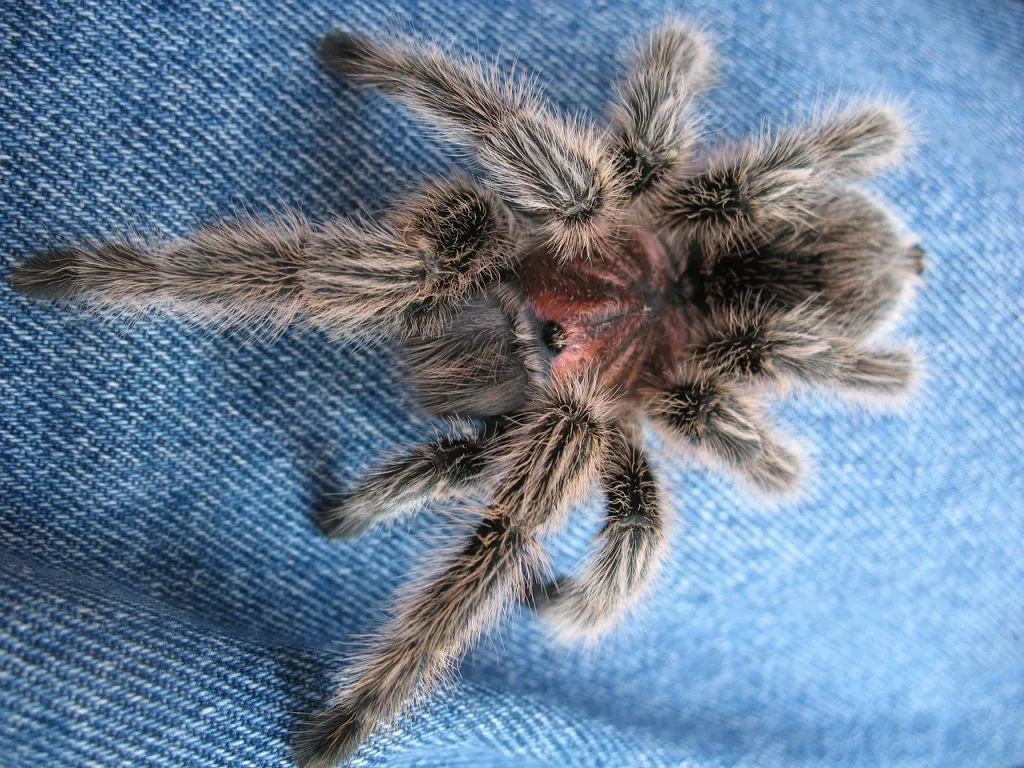
Several heating options are available for your Chilean Rose Tarantula’s enclosure. The best choice depends on your specific setup and the ambient temperature of your home. Common options include heat lamps and heating pads. Both options help maintain the correct temperature, but they work differently and are best suited for different conditions. Understanding the pros and cons of each type of equipment will help you make the most informed decision. Correct use of heating equipment will ensure the tarantula is kept at the right temperature at all times.
Heat Lamps
Heat lamps are effective for raising the overall temperature of the enclosure. They work by radiating heat, similar to the sun. It is important to use a heat lamp designed for reptile use, as these emit the appropriate spectrum of light and heat. Ensure the lamp is positioned safely to prevent your tarantula from getting too close. A good practice is to use a dimmer switch with the heat lamp so that you can easily adjust the output to find the perfect temperature. The proper use of a heat lamp helps to ensure the tarantula stays at a comfortable temperature.
Heating Pads
Heating pads are a great option for providing a gentle, consistent heat source. They are typically placed on the side or bottom of the enclosure, providing radiant heat. It is crucial to use a thermostat with a heating pad to regulate the temperature and prevent overheating. A thermostat will automatically turn the pad on and off to maintain a constant temperature, which will prevent any potential health hazards. The right heating pad can keep the temperature stable. Make sure the enclosure is not directly sitting on the pad; there should be a small space between them.
Placement of Heating Equipment

The placement of heating equipment is critical. If using a heat lamp, position it above the enclosure, ensuring there is enough distance to prevent the tarantula from getting too close. For heating pads, place them on the side of the enclosure, or on the bottom if using substrate. Avoid placing the heating pad directly under the entire enclosure; instead, provide a temperature gradient, with one side warmer than the other. This allows the tarantula to regulate its own body temperature. The correct placement of heating equipment will make sure the tarantula stays at the right temperature at all times.
Monitoring and Adjusting Temperature
Regular monitoring and adjustments are key to maintaining the ideal temperature. The climate in your home changes throughout the year, and so the temperature inside the enclosure may need adjusting. This section will describe how often to check the temperature, how to make changes to the equipment, and tips for seasonal adjustments. Routine monitoring will ensure your tarantula stays healthy and that its environment is always perfect. When you know how to monitor and adjust the temperature, you can make sure your tarantula has everything it needs.
Daily Temperature Checks
Check the temperature of your tarantula’s enclosure daily. Note the highest and lowest temperatures to make sure there are no major fluctuations. This helps ensure the heating equipment is working correctly. Record your findings in a log to track any trends. If you notice any changes, it’s important to identify them quickly. This daily check is a simple, yet essential, part of tarantula care. Make it a part of your routine to maintain consistency. Taking the time to do this will ensure your tarantula is healthy and happy.
Seasonal Adjustments
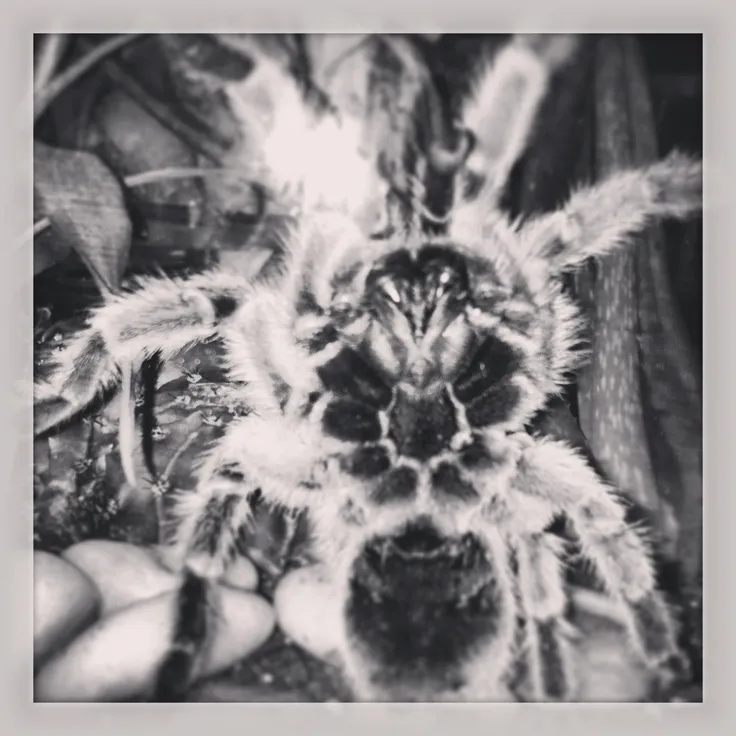
The ambient temperature in your home changes with the seasons, so you’ll need to adjust the heating accordingly. During the colder months, you might need to increase the wattage of your heat lamp or adjust the thermostat on your heating pad. In the warmer months, you might need to reduce the heat output. Regularly monitor the temperature and make small changes as needed. Making seasonal adjustments is an important step in the care of your tarantula, helping them remain healthy year-round. By making these small adjustments, you will always be in control of the tarantula’s environment.
Recognizing Temperature-Related Problems
It is important to recognize signs of temperature-related problems to quickly address any issues that arise. This section will discuss what to look for and what to do if you think your tarantula is too hot or too cold. The sooner you can identify the problem, the sooner you can make corrections. These simple checks can prevent any serious health issues. Knowing the signs of temperature issues is crucial to ensure your tarantula remains healthy. Keeping a close eye on your tarantula will help ensure it is thriving in its environment.
Overheating Signs
If your tarantula is overheated, it may exhibit several signs. Look for the tarantula trying to move away from the heat source, lack of appetite, or sluggish behavior. If the conditions are severe, it may also show signs of distress, such as tremors or erratic movements. If you suspect overheating, immediately reduce the heat source and move the tarantula to a cooler area. Provide fresh water. Seek veterinary advice if the symptoms are severe. Understanding these signs can help you protect your tarantula from potential harm. Immediate action will make sure they are healthy and comfortable.
Cold Environment Signs

A cold environment can also be harmful to your tarantula. Signs of a cold environment include a lack of activity, reduced appetite, and a slow metabolism. The tarantula may also burrow deeply into the substrate or refuse to eat. If you suspect your tarantula is too cold, increase the heat source and provide a warmer area. If the symptoms are severe or the tarantula doesn’t improve, seek veterinary advice. Being aware of these signs will help you keep your tarantula safe. Make sure to address any cold issues as quickly as possible.
Troubleshooting and Solutions
Even with careful planning, temperature-related problems can occur. This section provides troubleshooting tips and solutions to common issues. It’s important to have these solutions on hand so you can fix problems as soon as they arise. The goal is to have a safe and healthy environment for your tarantula. By knowing these tips, you can quickly handle any potential problems. Always be prepared to help your tarantula thrive.
Seeking Expert Advice
If you’re unsure about any aspect of temperature regulation or if you notice any concerning symptoms, don’t hesitate to seek expert advice. Consult with a veterinarian experienced in exotic animals or contact a reputable tarantula breeder or online forum. They can provide guidance and support. Remember, it’s always better to be proactive and get advice when in doubt. Professionals can help you make the best choices for your tarantula. Getting expert advice ensures your tarantula gets the best possible care.
